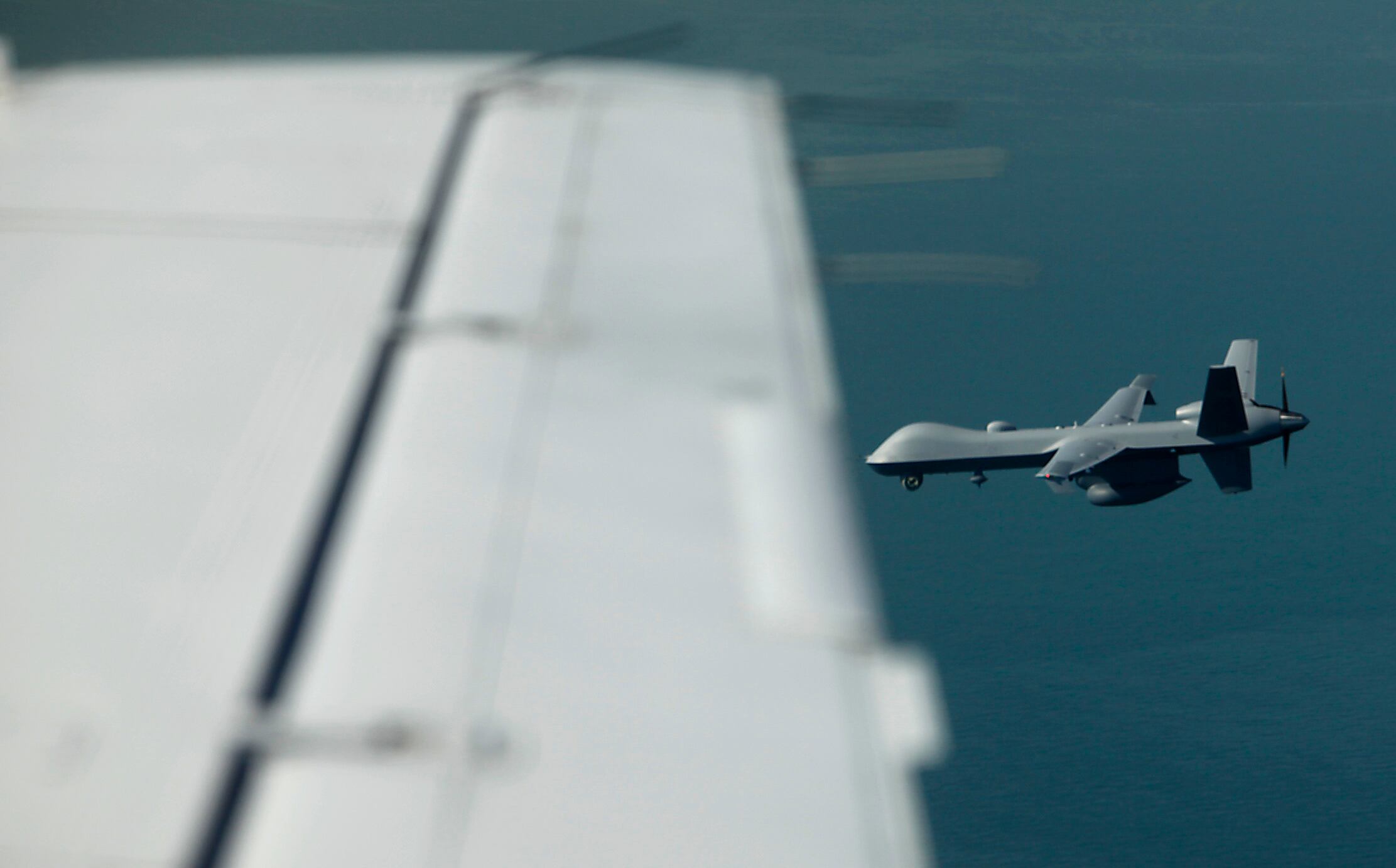Small unmanned aircraft systems — otherwise known as drones — are an intriguing technology for Customs and Border Protection. These small aircraft, which can be controlled using just a smartphone, have the potential to broadly expand the aerial surveillance capabilities of CBP at a relatively low cost. But they are also putting the lives of CBP agents in danger.
"Several weeks ago an Air and Marine helicopter working in the Rio Grande Valley carrying a pilot and a border patrol agent had a near miss of a small UAS," said Lothar Eckardt, director of the Southwest Region of CBP's Air and Marine Operations. "We almost lost the helicopter, the pilot and the border patrol agent, OK? That's what keeps me up at night."
Eckardt is one of several CBP agents who spoke to a crowd of dozens of entrepreneurs in Menlo Park, California, as part of the Department of Homeland Security's new Silicon Valley Innovation Program, an initiative to work with startups and leverage their cutting-edge technology. DHS held its first startup day in December, focusing on Internet of Things technology, but on April 29, the department put the focus on CBP and the many issues the agency is hoping to solve.
Among the tech CBP is most interested in are drones, which have grown in popularity among consumers over the past couple of years, in part due to their increasingly affordable pricing — the best-selling drone on Amazon, for example, is just $44. These aircraft can be small enough to fit in a backpack or more than four feet in width, but they all are capable of zooming through the sky. Although drone operators are only allowed to fly their gizmos up to 400 feet in the air, many UAS are capable of flying much higher than that — the DJI F550, for example, can reach heights of almost three times that limit. For CBP, there's good and bad in that.
As several DHS and CBP officials put it, drones are "a way to force multiply" CBP's aerial fleet in a manner that doesn't cost taxpayers much money, either in fuel or equipment costs. CBP already has full-size Predator drones just like the Air Force uses in the Middle East, but drones are huge, expensive and require extensive training to control. Hand-launched drones, as small UAS are sometimes described, are easier and cheaper to fly, presenting CBP with many possibilities.
"What we're attempting to do is settle on a list of requirements for the [small] UAS," said Ronald Vitiello, acting chief of the U.S. Border Patrol. "Some things that we've witnessed the military use on the battlefield that we think have application to do better information and situational awareness for agents."
Aside from figuring out how CBP can use drones, the agency is also looking to Silicon Valley for countermeasures for this technology. Vitiello said there have been instances where people have tried using drones to smuggle drugs across the border. "You have to be able to identify [drones], detect them and then have an operational response for interdiction," he said.
Atop its priority list, CBP simply wants a system that can help its pilots detect drones whenever they take to the sky.
"What I would like to see Silicon Valley helping us with is: How do I separate the small UAS from manned aircrafts so we don’t collide in the airspace?" said Eckardt, noting that CBP helicopters operate at 500 feet and below while drones are too small to carry any transponders or beacons to make their presence known.
"Nobody can see these things. It's not a matter if. It's a matter of when they're going to collide," Eckardt said. "I'd hate to be the one to lose somebody."





